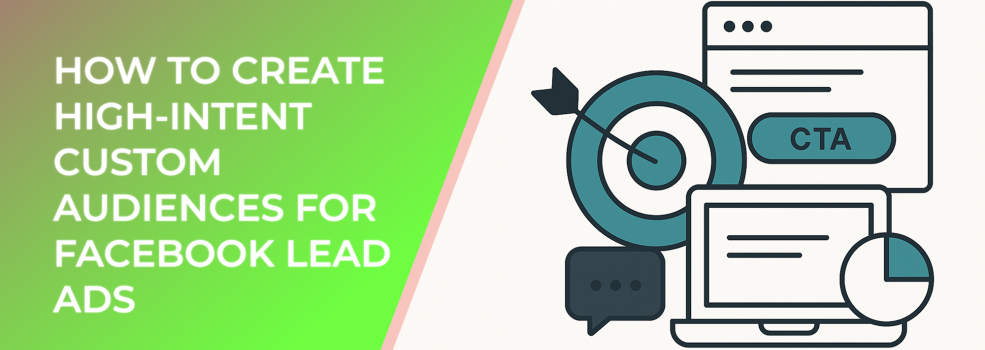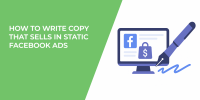Reaching the right people at the right time is the foundation of every successful Facebook lead generation campaign. But not all audiences are created equal. If you’re running Facebook Lead Ads, what you really want are high-intent custom audiences — users who are not only interested in your offer but are also more likely to convert. The good news is that Facebook gives you the tools to build them. The challenge? Knowing how to use those tools effectively.
In this article, we’ll break down the strategies you can use to create high-intent custom audiences for Facebook Lead Ads, share some surprising statistics, and give you a roadmap to boost conversions without wasting budget.
Why High-Intent Audiences Matter
High-intent audiences are the difference between filling your funnel with window shoppers and generating qualified leads that are ready to take action. According to Facebook’s own data, users who engage with multiple brand touchpoints are 70% more likely to convert compared to those who only see one ad. That’s why audience refinement is not a luxury — it’s a necessity.
Step 1: Start With Engagement-Based Custom Audiences
Illustration of how engagement behaviors—like video views, clicks, and profile interactions—can be combined into custom audience segments for Facebook Lead Ads.
The first and often most effective way to build high-intent audiences is by leveraging Facebook’s engagement data. Instead of targeting broad demographics, focus on people who:
-
Watched at least 50% of your video ads.
-
Clicked your call-to-action but didn’t submit the form.
-
Engaged with your Facebook Page or Instagram profile in the last 90 days.
These signals show interest beyond a casual scroll. In fact, campaigns that target engagement-based audiences typically see 20–30% higher lead form completion rates compared to cold audiences.
Step 2: Layer Behavioral Signals
Not all engagement is equal. To refine further, layer in behavioral signals such as:
-
Website visits (particularly pricing or product pages).
-
Time spent on site (longer visits often equal higher intent).
-
Repeat visitors within a set time frame.
For example, building a custom audience of people who visited your pricing page twice within a week is far more likely to generate leads than targeting all website visitors.
Step 3: Use Lookalike Audiences the Smart Way
Lookalike audiences are powerful — but only when built from the right seed audience. Instead of uploading all past leads, focus on your highest-value customers. If your CRM shows that 30% of your leads close within 10 days, export that segment and feed it into Facebook. That way, the algorithm will look for users who share characteristics with your fastest converters, not just any lead.
Pro tip: Start with a 1% lookalike to keep your audience tight. Expand later once you’ve tested results.
Step 4: Test Exclusion Audiences
Creating high-intent audiences isn’t just about who you include — it’s about who you exclude. You don’t want to waste budget on:
-
Leads you already converted.
-
Users who consistently click but never fill out forms.
-
Customers who purchased recently and aren’t ready for another buy.
By excluding these groups, you tighten your targeting and improve lead quality.
Step 5: Align Your Custom Audience With Your Lead Form
A mismatch between your audience and your lead form is a recipe for low conversion rates. If you’re targeting a high-intent audience, make sure your form reflects that with:
-
Short, frictionless fields for warmer leads.
-
More qualifying questions if you want fewer but higher-quality leads.
Studies show that reducing Facebook Lead Ad forms from 6 fields to 3 can increase completion rates by up to 40%, but sometimes a slightly longer form helps filter out low-quality submissions. Match the form to your audience.
Final Thoughts
Visualization of the Facebook ad funnel—guiding users from awareness to high-intent custom audiences and ultimately to conversion.
High-intent custom audiences are the backbone of successful lead generation campaigns on Facebook. By combining engagement data, behavioral signals, smart lookalikes, exclusions, and form alignment, you can build a pipeline of leads who are far more likely to convert. Remember: it’s not just about reach — it’s about relevance.

